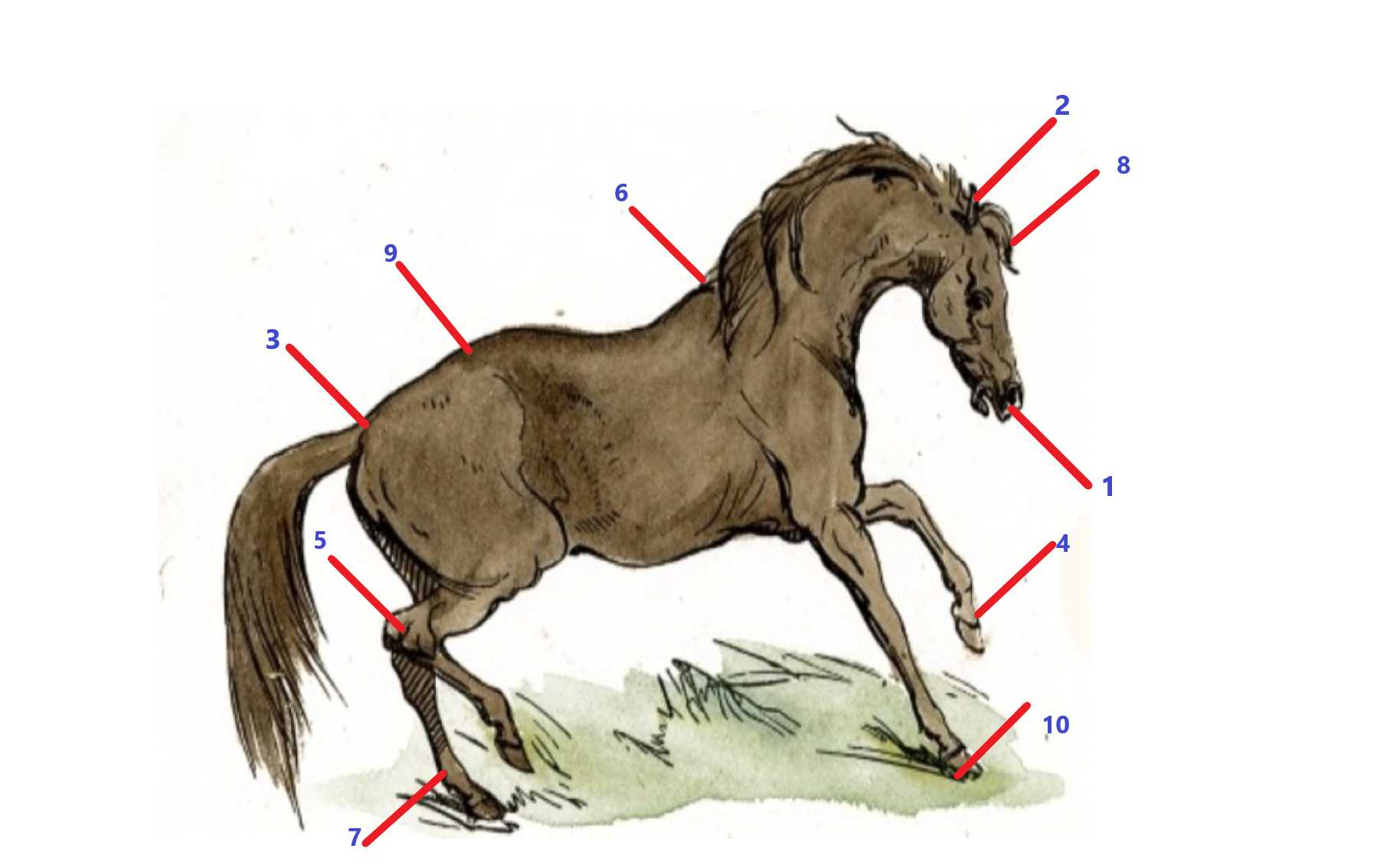
Horse Anatomy Labelling Trivia Quiz
This quiz gives you a list of names of the parts of a horse to match up to the numbers on the image.
A label quiz
by rossian.
Estimated time: 3 mins.
- Home
- »
- Quizzes
- »
- Animal Trivia
- »
- Horses


| 1. |
| 2. |
| 3. |
| 4. |
| 5. |
| 6. |
| 7. |
| 8. |
| 9. |
| 10. |